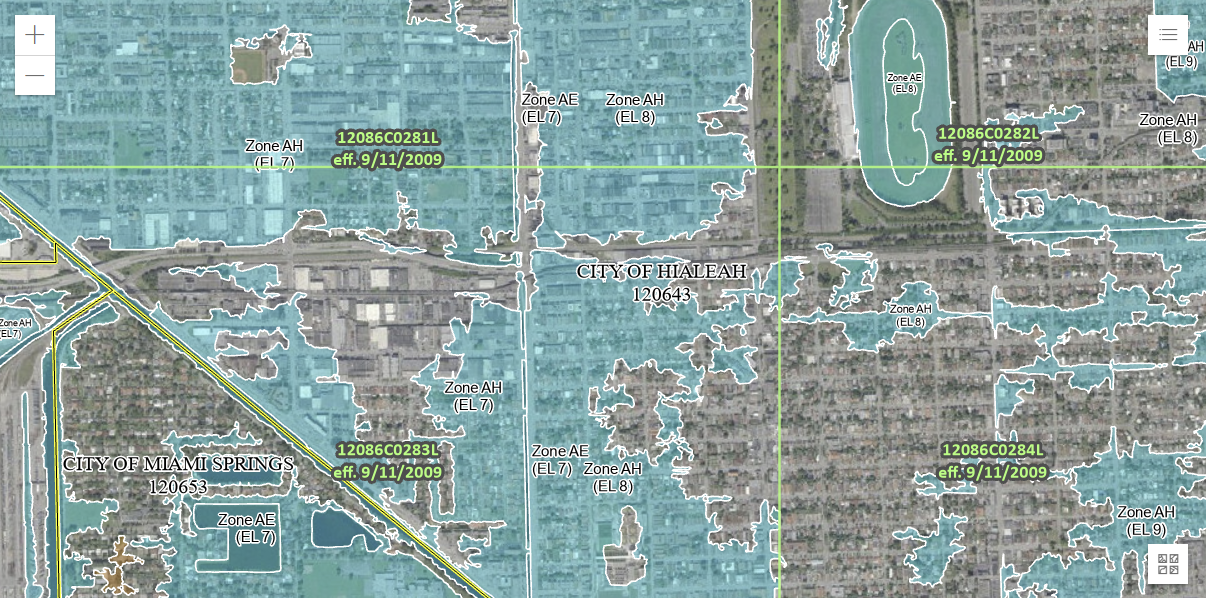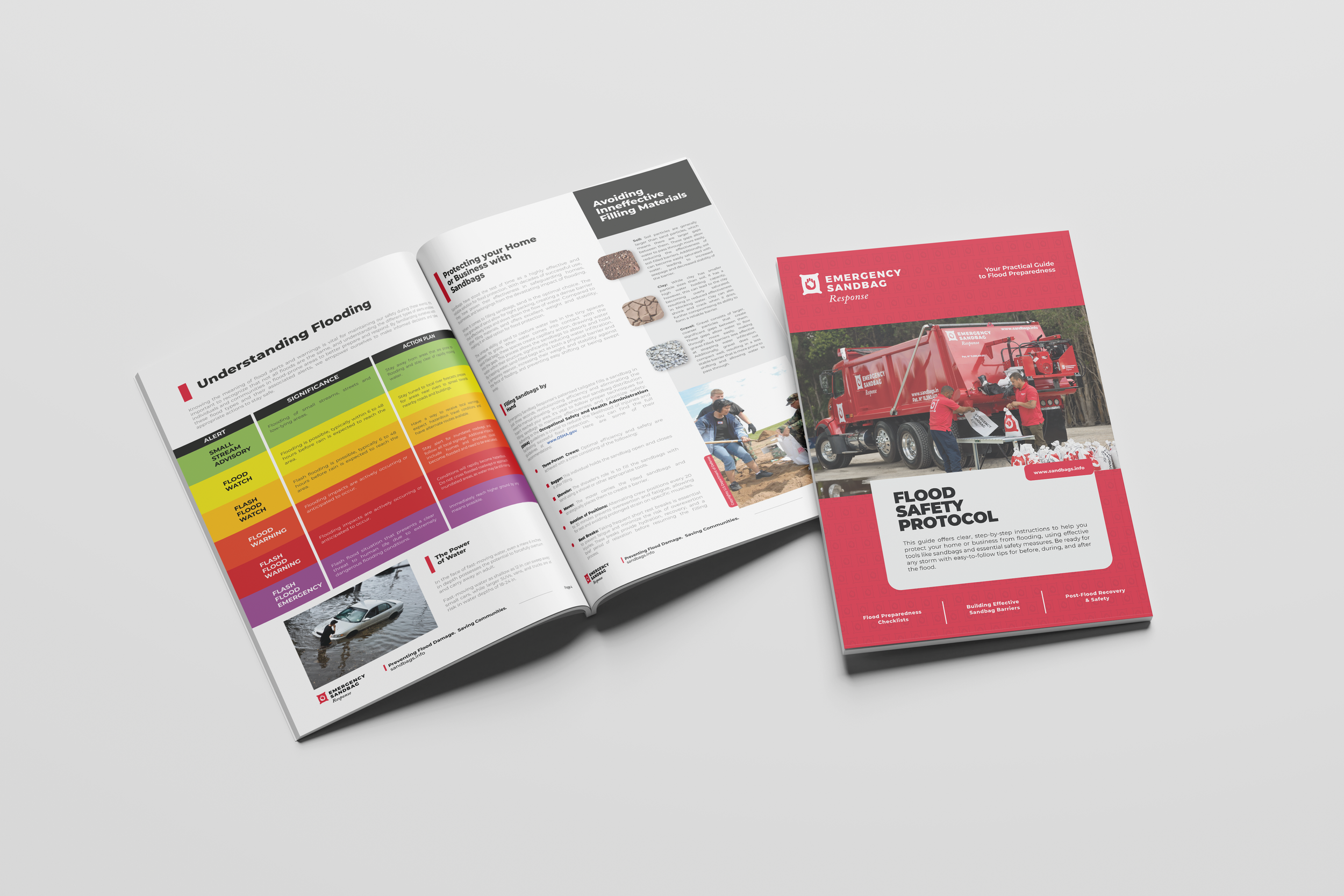2025 Atlantic Hurricane Season Forecast: What Experts Predict and How to Prepare
With less than 100 days left before its official start, the 2025 Atlantic hurricane season is poised to be one of the most active in recent years, with forecasters warning of heightened risks for coastal and inland communities. This year’s list of 21 potential storm names—from Andrea to Whitney—has been released, marking the start of a critical preparedness window. Here’s your first look at the predictions, regional threats, and how to stay safe.
2025 Hurricane Season Outlook
Meteorologists anticipate a busy season, driven by two key factors: La Niña conditions and record-warm ocean temperatures. La Niña reduces wind shear over the Atlantic, allowing storms to form and strengthen more easily. Meanwhile, sea surface temperatures in the tropical Atlantic are 1–2°C above average, providing ample fuel for rapid intensification.
Key Predictions
| Predicted Range | 30-Year Average (1991–2020) | |
|---|---|---|
| Named Storms | 17–20 | 14 |
| Hurricanes | 8–10 | 7 |
| Category 3+ | 4–6 | 3 |
| Increased risk of rapid intensification, where storms strengthen dramatically in under 24 hours. | ||
2025 Atlantic Hurricane Names
The World Meteorological Organization’s 2025 hurricane names list includes:
| Name | Name | Name |
|---|---|---|
| Andrea | Fernand | Olga |
| Barry | Gabrielle | Pablo |
| Chantal | Humberto | Rebekah |
| Dexter | Imelda | Sebastien |
| Erin | Jerry | Tanya |
| Karen | Lorenzo | Van |
| Melissa | Nestor | Wendy |
How to Start Preparing Now?
Stay Informed
Bookmark the National Hurricane Center for real-time updates. Sign up for local emergency alerts to receive warnings via text or email.
Know Your Flood Risk
Use FEMA’s Flood Map Service Center to check if your home or workplace is in a flood zone.
Free Resources for Preparedness
As hurricane season approaches, taking proactive steps now can make all the difference. Our free Flood Safety Protocol is designed to help you prepare your home, protect your family, and stay informed every step of the way. Download it today, and you'll have access to essential checklists, practical tips, and actionable advice that can significantly reduce stress during flood events. Don't wait until the storm is on your doorstep—start preparing now.
Share this information with neighbors, review your insurance coverage, and stay vigilant as the season approaches.
Stay safe, stay prepared, and remember, Emergency Sandbag Response is here to support you before the storm strikes.




